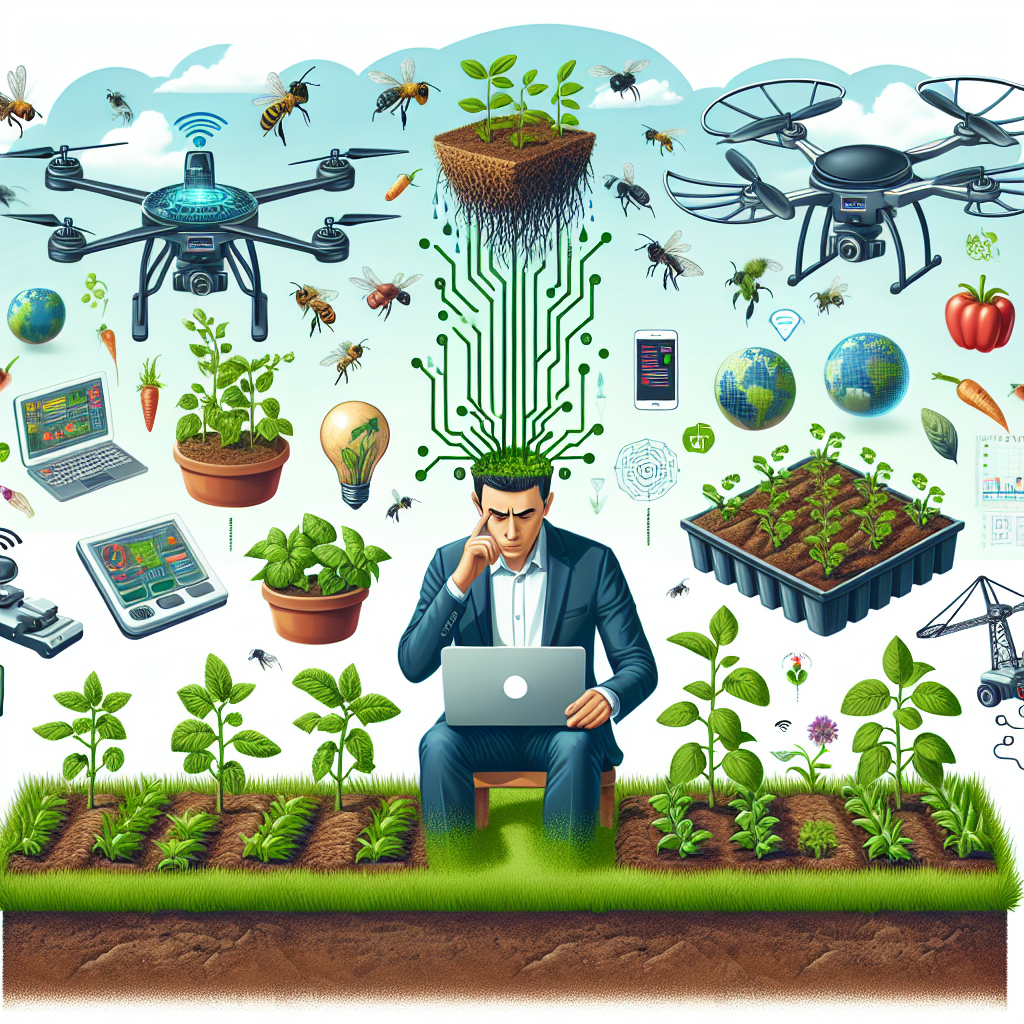Challenges and Solutions for Community Gardens in Urban Environments
This article explores the various challenges that community gardens face in urban environments and offers potential solutions. It covers issues such as limited space, soil quality, water shortages, lack of engagement, vandalism, and lack of funding. Experts in the field provide insights and case studies are presented to highlight real-world examples. The article concludes by emphasizing the importance of nurturing and sustaining community gardens and encourages readers to participate in local gardening associations or conduct further research.

Introduction
Community gardens play a vital role in urban areas by providing opportunities for residents to grow their own food, connect with nature, and strengthen community bonds. However, these gardens are not without their challenges. In this article, we will explore the various obstacles that community gardens face in urban environments and discuss potential solutions.
1. Understanding Problems with Community Gardens
Definition of Community Gardens
Community gardens are collective spaces where individuals or groups come together to cultivate plants, vegetables, and fruits. These gardens can be located on public or private land and are usually maintained and operated by volunteers or community organizations.
Importance of Community Gardens for Urban Areas
Community gardens have numerous benefits for urban areas. They provide access to fresh and healthy food, promote physical activity, improve mental well-being, and contribute to environmental sustainability. Additionally, community gardens enhance the aesthetic appeal of neighborhoods and foster a sense of community pride and ownership.
2. Lack of Space: Challenges in Urban Environments
Urban environments often present limited space for community gardens due to increased demand for housing and commercial buildings. This scarcity of land makes it challenging to find suitable locations for community gardens. One case study that showcases the effective use of limited space is the High Line Park in New York City. The park was transformed from an old elevated railway into a beautiful green space that includes community gardens.
3. Soil Quality Issues: Contaminants and Remediation
Soil quality is a crucial factor for successful community gardens. However, urban soils can be contaminated due to previous land use or urban runoff, posing potential health risks for gardeners and consumers of the produce. To address this issue, soil remediation techniques such as phytoremediation or the use of raised beds can be employed. Dr. Marie Johnston, a soil scientist, explains, "Contaminated soils can be managed effectively through proper testing, remediation, and the implementation of best management practices." This expert insight underscores the importance of addressing soil quality issues in community gardens.
4. Water Shortages: Balancing Conservation and Irrigation
Water scarcity is a significant challenge in many urban areas, and community gardens must find ways to balance water conservation with the need for irrigation. The efficient use of water through techniques like drip irrigation, rainwater harvesting, and using drought-tolerant plants can help tackle this issue. One successful example is the Waterwise Community Gardens in Australia, which prioritize water-efficient practices to ensure the sustainability of their gardens.
5. Lack of Engagement: Overcoming Participation Challenges
Finding dedicated volunteers and gardeners is essential for maintaining community gardens. Building strong community connections and promoting the benefits of community gardens can help attract and retain participants. Beth Thompson, a community development specialist, states, "Engagement strategies like community gardening workshops, educational programs, and social events can significantly enhance participation in community gardens." These insights from experts highlight the importance of fostering engagement to overcome participation challenges.
6. Vandalism and Theft: Security Concerns in Community Gardens
One of the critical issues faced by community gardens is vandalism and theft. To protect against such incidents, implementing security measures like installing fences, locks, and security cameras can be effective deterrents. Additionally, fostering a sense of ownership and pride within the community can contribute to reducing vandalism and theft. A case study of a safe and secure community garden in London highlights the strategies employed to create a welcoming and secure environment.
7. Lack of Funding: Overcoming Financial Obstacles
Community gardens require financial resources for maintenance and operation. Securing grants, partnerships with local businesses, organizing fundraisers, and establishing sustainable funding sources are essential for addressing the lack of funding. Sarah Greenberg, a grant-writing consultant, advises, "Exploring various funding opportunities and building strong relationships with donors and sponsors can ensure the long-term financial sustainability of community gardens." These insights demonstrate the importance of proactive financial planning and strategic resource allocation.
8. Conclusion: Nurturing and Sustaining Community Gardens
Community gardens play a vital role in addressing various social and environmental issues in urban areas. Despite the challenges they face, there are potential solutions to overcome these obstacles. By addressing limited space, soil quality issues, water shortages, lack of engagement, vandalism and theft, and lack of funding, community gardens can thrive and continue to positively impact their communities.
Call to Action
To support community gardens, individuals can participate in local gardening associations, volunteer their time and expertise, and advocate for policies that promote community gardening. Additionally, further research can be conducted to explore innovative solutions and best practices in sustaining community gardens in urban environments.